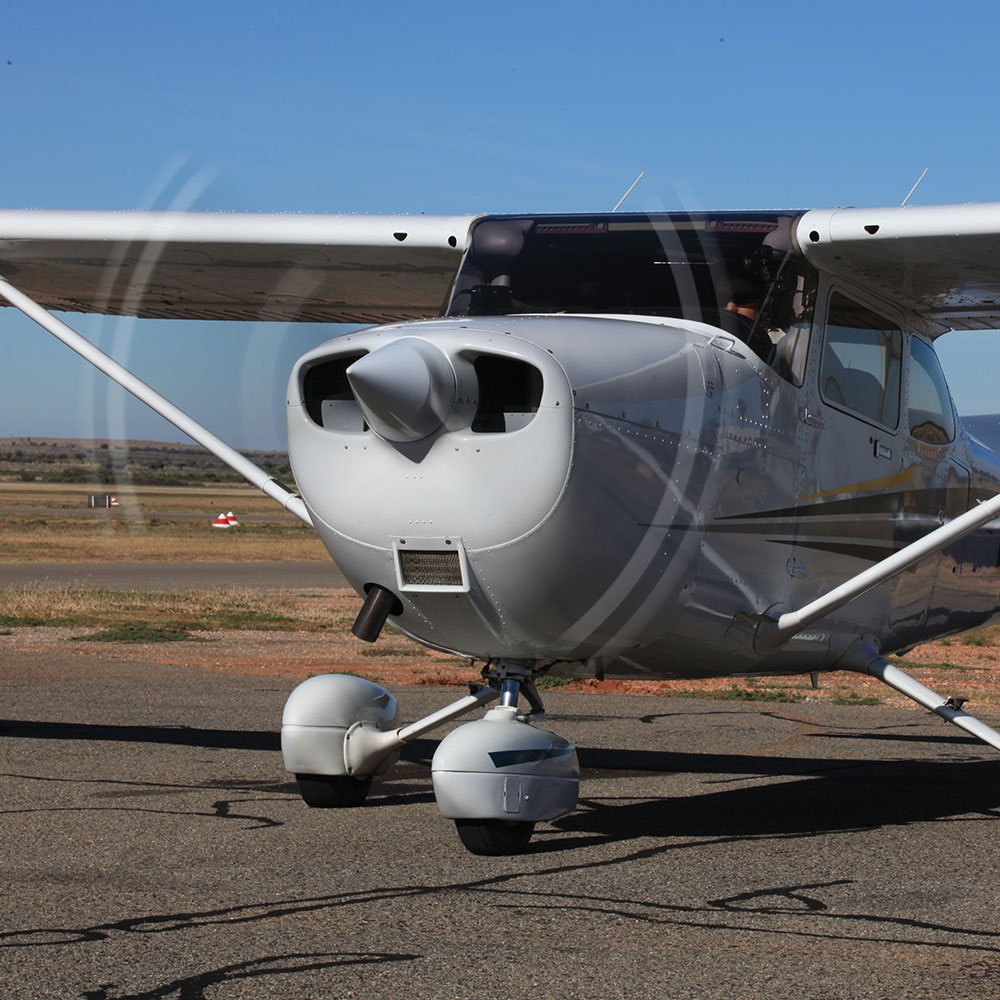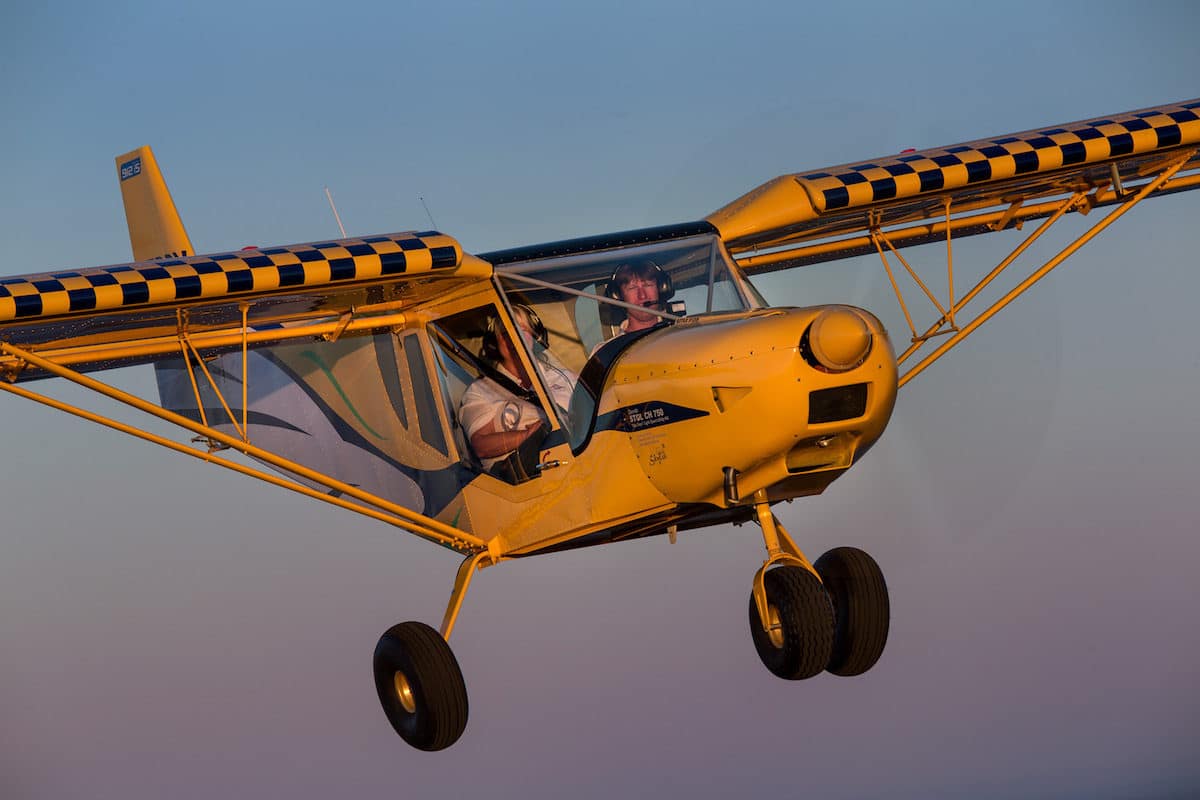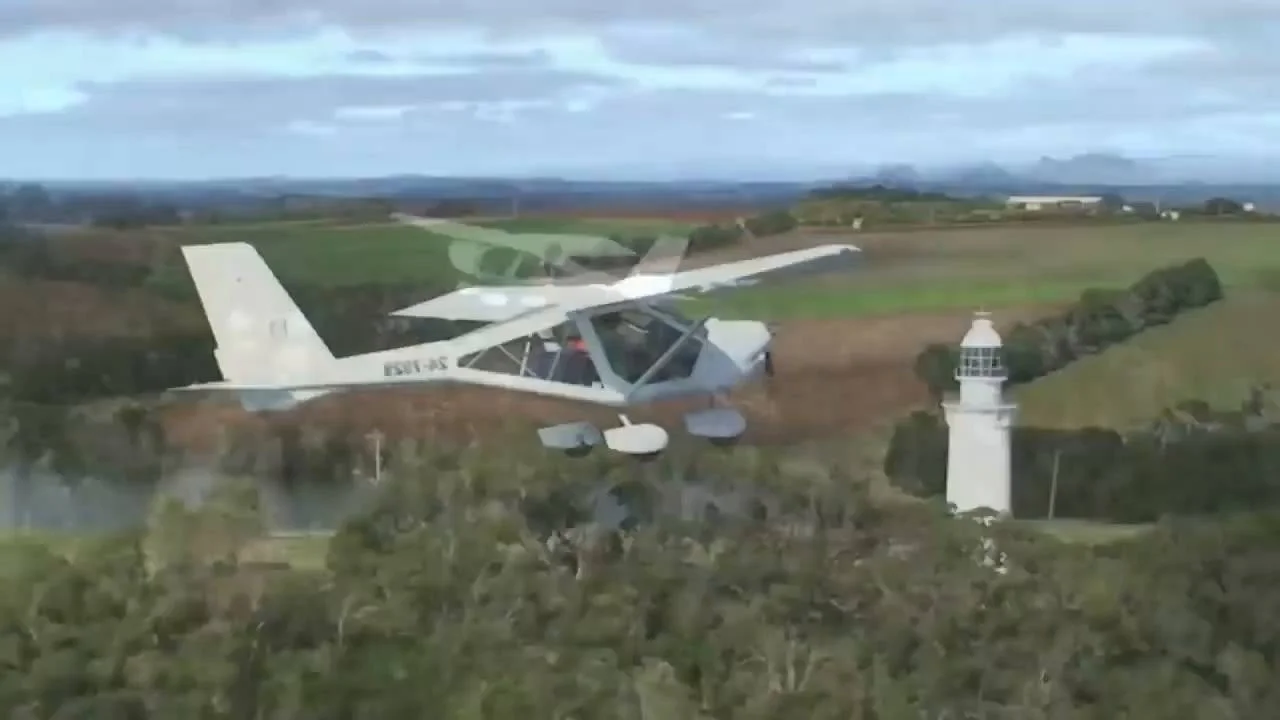Light Sport Aircraft License - According to 14 CFR 65.107, the holder of a repairman certificate (light-sport aircraft) with a maintenance rating may perform maintenance, preventive maintenance, and an alteration on a light-sport aircraft that is in the same class of light-sport aircraft for
which the holder has completed the training required by 61.107(a)(3)(ii). If you have interest in specifically flying a Cessna aircraft, you would be better served to look into earning your private pilot license since these airplanes are typically bigger and more advanced than something a sport pilot would fly.
Light Sport Aircraft License

I'd ridden in one or two small planes and helicopters during my years at CNN and for other aerial photography work, but I'd never actually piloted one – and I'd certainly not been inside one this … tiny.
Can A Sport Pilot Fly A Helicopter?
No, according to FAA rules a helicopter is not a light-sport aircraft and not included in what a sport pilot is permitted to fly. The regulation on the sport pilot license specifically mentions that this is not allowed.
"You're actually held to the exact same standards as the private pilot," said Valencic. "The test at the end of the day is almost identical, you just have the extra knowledge as a private pilot for nighttime flight."
No, the Cessna 150, 152, and 172 does not meet the definition of light-sport aircraft. All of these airplanes are over the maximum weight allowed for someone with only a sport pilot license to fly. This is a very commonly asked question since these Cessna planes are very popular and widely available.
Becoming a Sport Pilot is one of the most straightforward ways to get into the air. It's cheaper and less complex than obtaining a full-fledged private pilot certificate, but offers more privileges than those available to ultralight pilots.

Can A Sport Pilot Fly A Cessna Cessna Or Cessna
You may receive and/or conduct flight training in an E-LSA that you own. If you're an instructor, you can only provide an E-LSA for flight training up until January 31, 2010, after which you must provide at least an S-LSA.
Rental of the aircraft is not allowed. That's right – only 7 days after I sat in the cockpit for the first time, this crazy guy was going to let me take the controls alone, while he stayed on the ground and – I'm assuming – prayed.
As you can see, the sport pilot license is very specifically designed to allow someone to fly small 2-seat (or less) aircraft for their own enjoyment. It is not intended to be used by someone who wants to transport passengers, earn money as a pilot, or fly to far away destinations.
No. An STC is not required because S-LSA does not have type certificate data sheets (TSDS). Any maintenance that leads to a modification of the original airplane equipment or avionics requires approval by the airplane manufacturer.
What Is The Sport Pilot License?
Yes, you can do this. The FAA has clearly expressed that a student pilot certificate is a student pilot certificate, regardless of which certificate you are pursuing. Keep in mind, however, that a student pilot seeking a sport pilot certificate may not solo in an aircraft or perform the checkride in an aircraft other than a light-sport aircraft.
I'm building an aircraft (experimental amateur-built) that is just outside the definition of an LSA. Can I, as the builder, modify the aircraft so that it meets the performance definition of an LSA and fly it as a sport pilot?

The FAA's light sport category is fairly new. Only approved in 2004, it allows students to learn to fly in half the time, and for half the cost of a traditional private pilot course of study.
Being able to fly a helicopter requires its own very specific training from a qualified instructor. It's not something you can jump into if you've only flown fixed wing airplanes in the past. Regardless of the size/weight of the helicopter, you will not be allowed to fly one with a sport pilot license.
The Sport Pilot License was created by the FAA in order to give hobbyists the opportunity to fly without the large cost and longer training requirement of a private pilot license. This type of pilot license specifically allows someone to fly a class of aircraft known as light-sport aircraft.
This year, as part of my post-CNN career as a commercial drone business owner, I finally had a business reason to do it – and do it as quickly and inexpensively as possible. But a traditional private pilot's license can cost upwards of $12,000, and require months to complete.
A pilot who is exercising sport pilot privileges may share the operating expenses of a flight with a passenger, provided the expenses involve only fuel, oil, airport expenses, or aircraft rental fees. A sport pilot must pay at least half the operating expenses of the flight.
Additionally, the privileges and limitations for the sport pilot certificate, spelled out in FAR 61.315, apply for pilots with higher levels of certificates when exercising solely sport pilot privileges. If you built 51 percent of your aircraft, the aircraft meets the requirements to apply for certification as an experimental amateur-built aircraft.
Keep in mind, however, that once the aircraft is certified as an experimental amateur built it cannot be certified later as an experimental (E-LSA) or special light-sport aircraft (S-LSA). The aircraft remains an experimental amateur-built aircraft.
Additionally, in order for an aircraft to be registered as a light-sport aircraft, it must meet the LSA criteria (i.e., two seats, one engine, 1,320 pounds maximum gross weight, etc.). An experimental amateur-built is not subject to these limitations.
As you can see, although the sport pilot license has restrictions on what kind of airplanes you can fly, there are still many great options that you CAN fly. Flying a light sport aircraft is a fun and rewarding hobby.
There are a lot of hobbyists that spend a majority of their pilot career flying these types of aircraft. On the other hand, if an appropriately rated pilot (example: private pilot with an instrument rating) wants to fly S-LSA under IFR or at night, the aircraft's operating limitations must allow it, and the aircraft must be equipped per 91.205 for VFR
flight at night and/or IFR flight. Additionally, 91.327(d) requires all S-LSA to be operated in accordance with the aircraft's operating instructions. Operating instructions differ from operating limitations in that the engine, airframe, and accessory manufacturers issue them;
the FAA issues operating limitations. Yes. For a homebuilt aircraft, you may modify the aircraft so that it meets the definition of an LSA from initial certification on and fly it as a sport pilot. Exercise caution against making any modifications to the structure of the aircraft without the approval of the designer.

The important thing to remember if you hold one of these other ratings or licenses is that it has to be current as well as your medical certificate even though the sport pilot license does not require a medical certificate.
You should first consider getting either an FAA medical certificate or plan on using your current and valid U.S. driver's license. Additionally, you will need to get a student pilot certificate. Please see the information below for more details on the option you can choose:
Yes. If you already hold at least a recreational pilot certificate and have allowed your medical to expire, you might be able to fly without an FAA medical certificate, even if your most recent medical was a special issuance.
Here's what you need to qualify: But in the meantime, I have a long line of friends and family asking me to take them flying, and for the first time, I can actually do that – just as long as it's one at a time.
It's harder than you might think, but the thing I learned in the first 5 minutes was that the airplane – despite its tiny size – wants to keep you in the sky. We took advantage of those physics and learned how to control it.
As the builder of a home-built airplane that has yet to receive its experimental airworthiness certificate, you may decrease or increase the weight as necessary to have the airplane meet the definition of light-sport aircraft, which is defined as having a maximum gross weight

of 1,320 pounds. However, once a weight limit has been set as part of the airplane's experimental amateur-built certification process, the original builder, future owners, and repairmen are prohibited from making any modifications to the weight for the purpose of meeting the definition of light-sport.
aircraft. As the sport pilot license continues to gain popularity, more and more people who love to learn to fly are considering it as an option. One of the things that's most confusing to someone who might be new to flying is what aircraft someone with a sport pilot license is allowed to fly.
This leads to some very common questions like: We started with one hour of oral interview on the ground, questioning me on everything from the Federal Aviation Regulations to the type of oil my plane used, airspace requirements, weight and balance and engine maintenance.
ASTM standards are much easier to augment or amend as opposed to the FAA's rulemaking process and provide a high level of quality control and safety into light-sport aircraft manufacturing. A light-sport aircraft committee, namely F37, was set up to address issues related to design, performance, quality acceptance tests, and safety monitoring for light-sport aircraft (LSA).
For more information on the F37 light-sport aircraft committee, please visit the ASTM Web site. This includes small 2-seat airplanes, balloons, gyroplanes, powered parachutes, and trikes. For most people, the sport pilot license is an opportunity to become a pilot and fly airplanes for their enjoyment as a hobby while spending half (or less) of the money they would on a more advanced pilot license.
For more on the license itself including the cost, requirements, and how to earn it – check out our complete guide to the sport pilot license. As seen above, there are literally dozens of options for the type of aircraft a sport pilot can fly.
If this is something you're interested in, make sure to do your research on which of these planes is the best fit for your needs based on factors like price, availability, and skill level. On June 7, I stepped – well, more like climbed awkwardly – into the cockpit of a small airplane and experienced my very first flying lesson, kicking off a whirlwind training program.
I did nothing but fly airplanes, learn about the weather and Federal Aviation Regulations. Only day/VFR conditions are specifically addressed in the ASTM consensus standards that govern the design, safety, and production of S-LSA. Being that sport pilots and those exercising sport pilot privileges are limited to flying only in day/VFR conditions, this seems appropriate.
light sport aircraft license requirements, sport pilot license training, light sport aircraft license schools, light sport aircraft certification, light sport pilot license training, light sport aircraft license cost, sport pilot license, light sport aircraft requirements